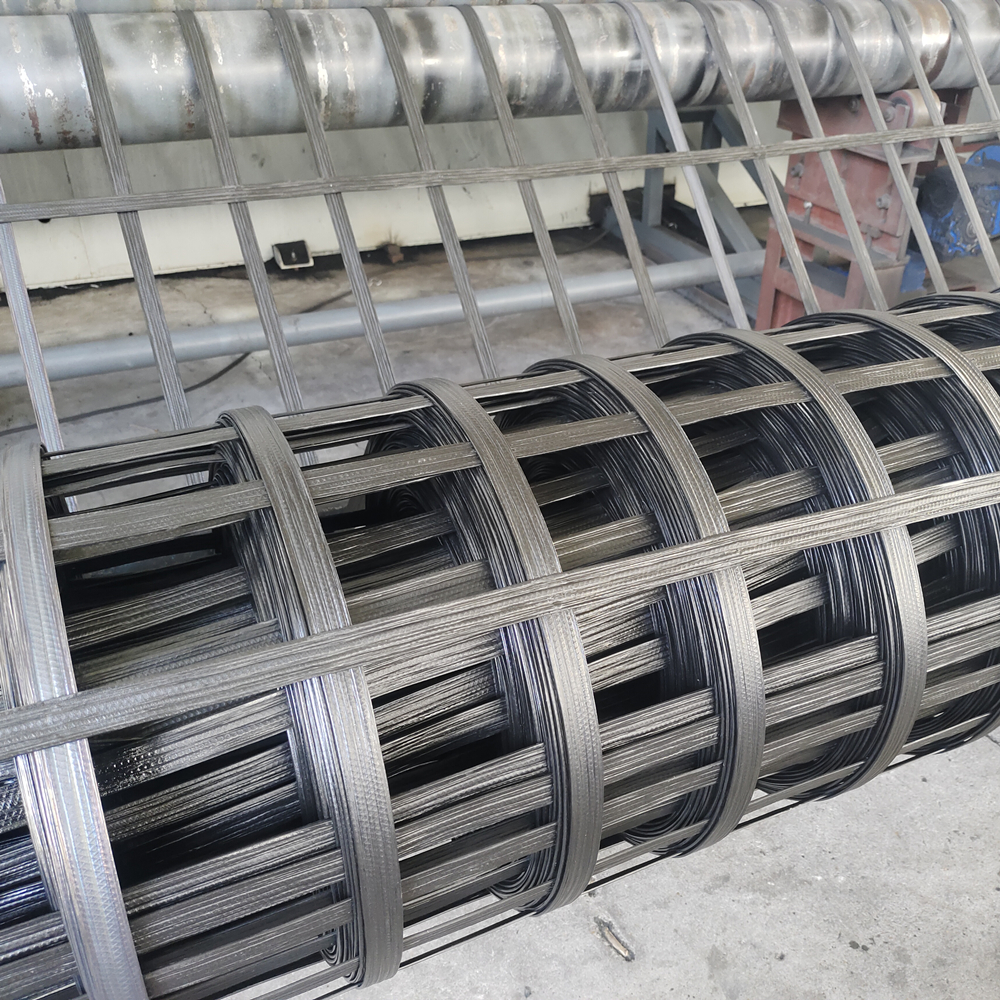close
Choose Your Site
Global
Social Media
Views: 6 Author: Site Editor Publish Time: 2023-08-22 Origin: Site








Geogrid installation is a crucial process in various construction projects, as it plays a vital role in enhancing the stability and durability of soil structures. Understanding the different methods of geogrid installation and the step-by-step process involved is essential for ensuring successful implementation. In this article, we will delve into the intricacies of geogrid installation, exploring the various techniques used and providing a comprehensive guide to the step-by-step process. Whether you are a construction professional looking to expand your knowledge or a homeowner interested in understanding the installation process, this article will equip you with the necessary information to make informed decisions regarding geogrid installation. By the end, you will have a solid understanding of the best practices and considerations involved in this critical aspect of construction. So, let's dive in and explore the world of geogrid installation together.
Geogrid installation is an essential process in various construction projects. It involves the use of a geosynthetic material, known as geogrid, to reinforce soil and provide stability to the structure. There are different methods of geogrid installation, each suited for specific applications and site conditions.
One common method of geogrid installation is the direct placement method. In this method, the geogrid is laid directly on the prepared subgrade or soil surface. It is then covered with a layer of soil or aggregate material, compacted to provide a stable base. This method is often used in road construction projects, where the geogrid helps to distribute the load and prevent soil erosion.
Another method is the wrap-around method, which is used in slope stabilization projects. In this method, the geogrid is wrapped around the slope or embankment, providing reinforcement and preventing soil movement. It is then secured with anchor pins or other fastening methods. This method is effective in controlling soil erosion and maintaining the stability of slopes.
Grid-reinforced earth walls are another method of geogrid installation. In this method, the geogrid is embedded within the compacted soil layers to create a reinforced structure. The geogrid acts as a tension element, distributing the load and preventing the wall from collapsing. This method is commonly used in retaining walls and bridge abutments, where the geogrid provides added strength and stability.
One more method is the geogrid-reinforced pavement system, which is used in the construction of roads and parking lots. In this method, the geogrid is placed between layers of asphalt or concrete to increase the load-bearing capacity of the pavement. The geogrid helps to distribute the load and reduce the occurrence of cracks and deformations, resulting in a longer-lasting and more durable pavement.
When it comes to building sturdy and long-lasting structures, geogrid installation is an essential step in the process. Geogrids are a type of synthetic material that is used to reinforce soil and provide stability to various construction projects. Whether it's building roads, retaining walls, or even slopes, geogrids play a crucial role in enhancing the structural integrity of these structures.
The first step in the geogrid installation process is to properly prepare the site. This involves clearing the area of any debris, rocks, or vegetation that may hinder the installation. It is important to ensure that the site is level and free from any irregularities, as this will ensure the geogrid is installed accurately.
Once the site is prepared, the next step is to lay down a layer of geotextile fabric. This fabric acts as a separation layer between the soil and the geogrid, preventing any intermixing and ensuring that the geogrid remains effective in its reinforcement. The geotextile fabric also helps in distributing the load evenly across the geogrid, further enhancing its performance.
After the geotextile fabric is laid down, the geogrid installation can begin. The geogrid is typically supplied in rolls, and it is important to ensure that the rolls are handled and stored properly to prevent any damage. The geogrid is rolled out across the prepared site, ensuring that it covers the entire area that requires reinforcement. It is important to overlap the geogrid sections to create a continuous reinforcement layer.
Once the geogrid is in place, it is time to secure it to the ground. This is typically done by driving stakes or using anchors to hold the geogrid in place. The stakes or anchors should be placed at regular intervals to ensure that the geogrid remains securely fastened. It is important to follow the manufacturer's guidelines for the spacing and depth of the stakes or anchors to ensure proper installation.
After the geogrid is secured, the next step is to backfill the area with soil. The soil should be compacted in layers to ensure that it is properly consolidated. This compaction process helps in maximizing the effectiveness of the geogrid by reducing any potential voids or gaps that may compromise its performance.
Geogrid installation is an essential step in construction projects to ensure stability and durability. The choice of installation method depends on the specific application and site conditions. Different methods like direct placement, wrap-around, grid-reinforced walls, and geogrid-reinforced pavement contribute to the overall strength and performance of the structure. Engineers and construction professionals need to understand these methods to make informed decisions and design long-lasting structures. The geogrid installation process involves site preparation, geotextile fabric installation, geogrid placement, securing, and proper backfilling. This process effectively reinforces the soil and enhances the project's structural integrity. Geogrids play a vital role in distributing loads and preventing soil movement, making them invaluable in the construction industry.